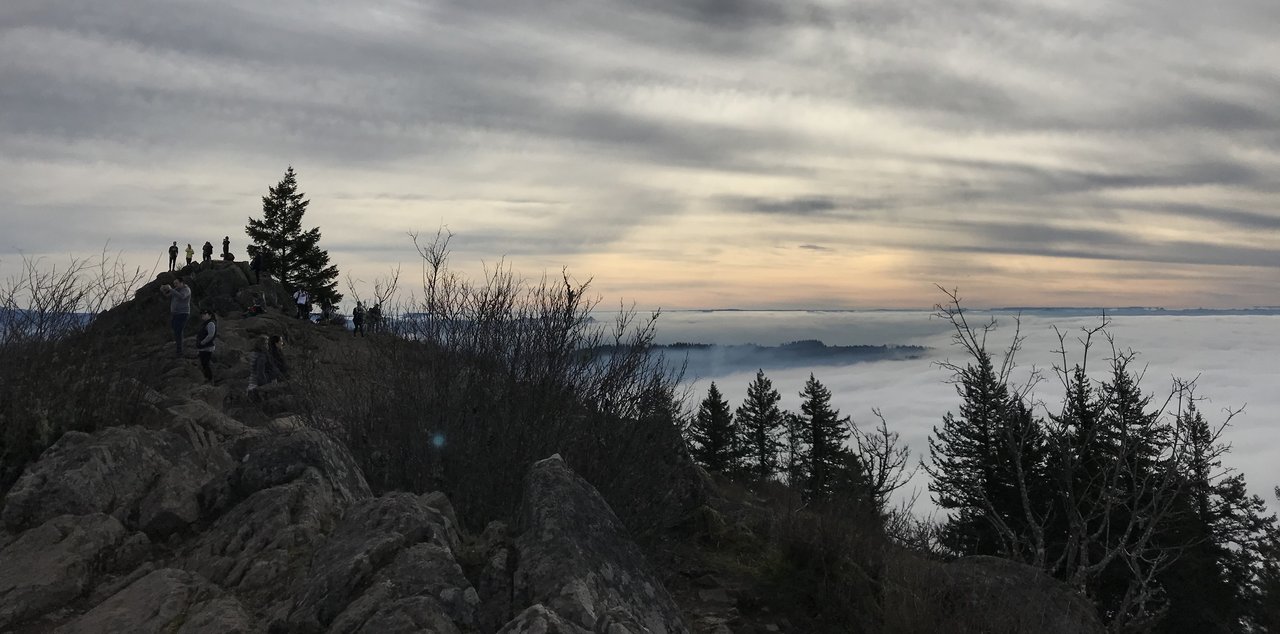Do it slowly
In the pursuit of having what we want now, we often set ourselves up for never having it at all.
Risking your entire savings to start a company wrecklessly means you've compromised your security in the pursuit of rapid growth, instead of growing slowly while maintaining other sources of income.
Buying a Mercedes on credit (or worse, leasing it) will get you the car you want now, but your future self might not be able to afford the payments. Buying a lightly used Mercedes with cash from the person who bought theirs new on credit, only when you can afford to do so and maintain your financial independence, will mean you can drive a Mercedes forever.
Trying to deadlift 400lbs when you haven't set foot in a gym in a decade means you're likely to wind up doing irreversible damage to your body. If instead you work with a trainer to learn how to deadlift 90lbs safely, and over the course of several months, you'll eventually get the strength you desire.
Marrying the person you just met online six months ago might get you a spouse now, but you're less likely to have built a foundation of trust. You're more likely to divorce, or worse, spend your life with someone whose company you dislike.
The true reward of living is in the process—not the outcome. The gratification from having exerted effort to achieve life's rewards is far greater than the rewards themselves.
